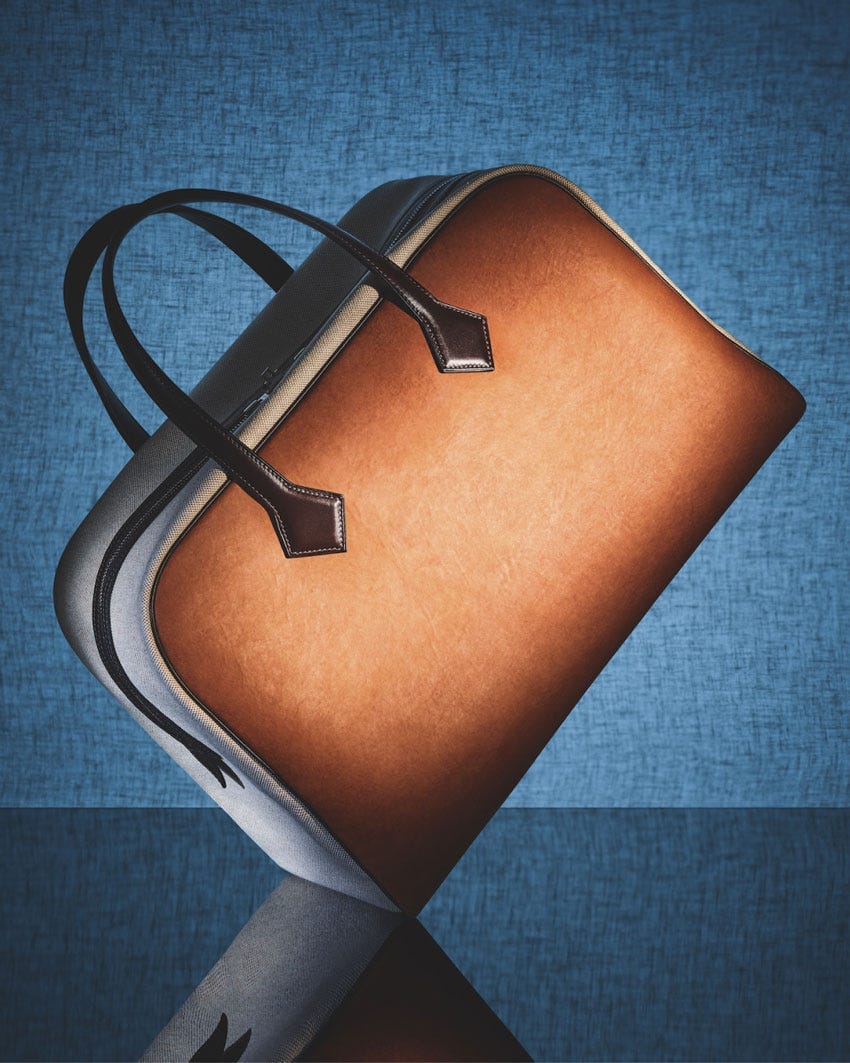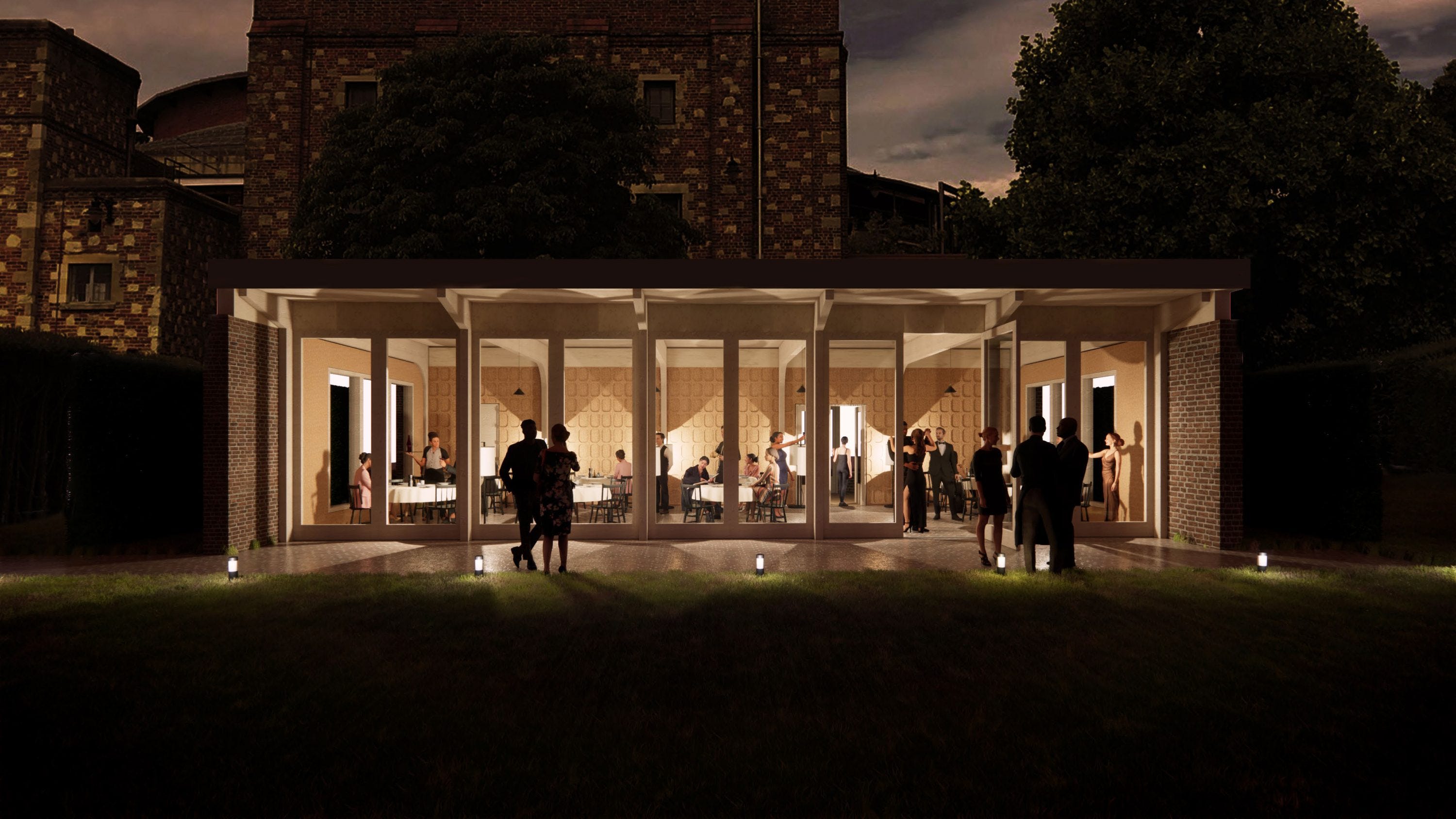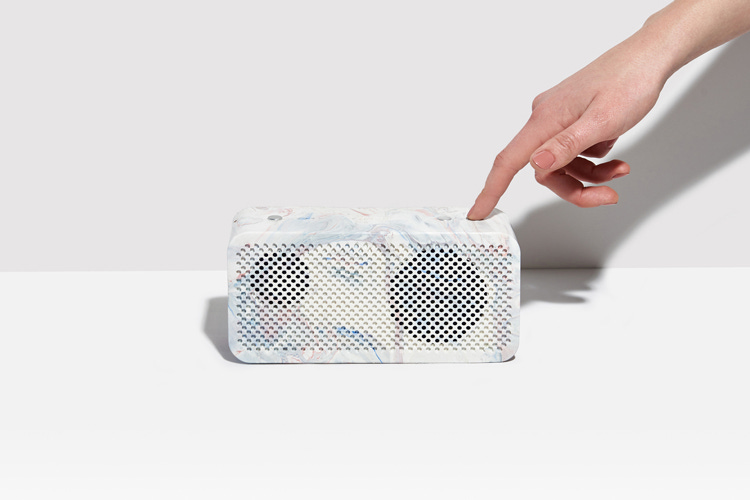Newsletter

URGE's weekly round-up of inspirational sustainability stories

Could mushroom ‘leather’ prove a sustainable alternative to the real thing? A collaboration between Hermès and biotech start-up MycoWorks will see the release later this year of Sylvania, a bag made from MycoWorks’ Fine Mycelium. The mushroom-derived material supposedly imitates some of the properties of leather. More here

A new low-carbon pavilion at the Glyndebourne Opera festival will be made from the site’s discarded lobster and oyster shells and champagne corks, reports the Architects’ Journal. Architects BakerBrown Studio have designed the space, which will be open in time for next year’s event. It aims to “showcase the circular economy and the importance of using local and ‘waste’ materials in building projects by gathering these from the Glyndebourne estate or the nearby Sussex Weald to use in its construction. As well as debris from Glyndebourne’s luxury catering and its grass clippings and ash dieback, this includes local chalk, underfired brick from a nearby brickworks and [see above] mycelium, which will be used for insulation”. Read the AJ story here
According to the UN Environment Programme’s 2021 Food Waste Index Report, 17 per cent of all available food for human consumption is wasted. That’s the equivalent of 23 million fully loaded 40-tonne trucks of food which goes to waste every year, most of it from households. Read the authors’ insights on the report here .

50,000 battery cells, which had previously functioned as part of Lime’s fleet of e-bikes, will be given a second life as zero-waste portable Bluetooth speakers. Design Week reports on the project – from Brighton-based sustainable design business Gomi. Read all about it here